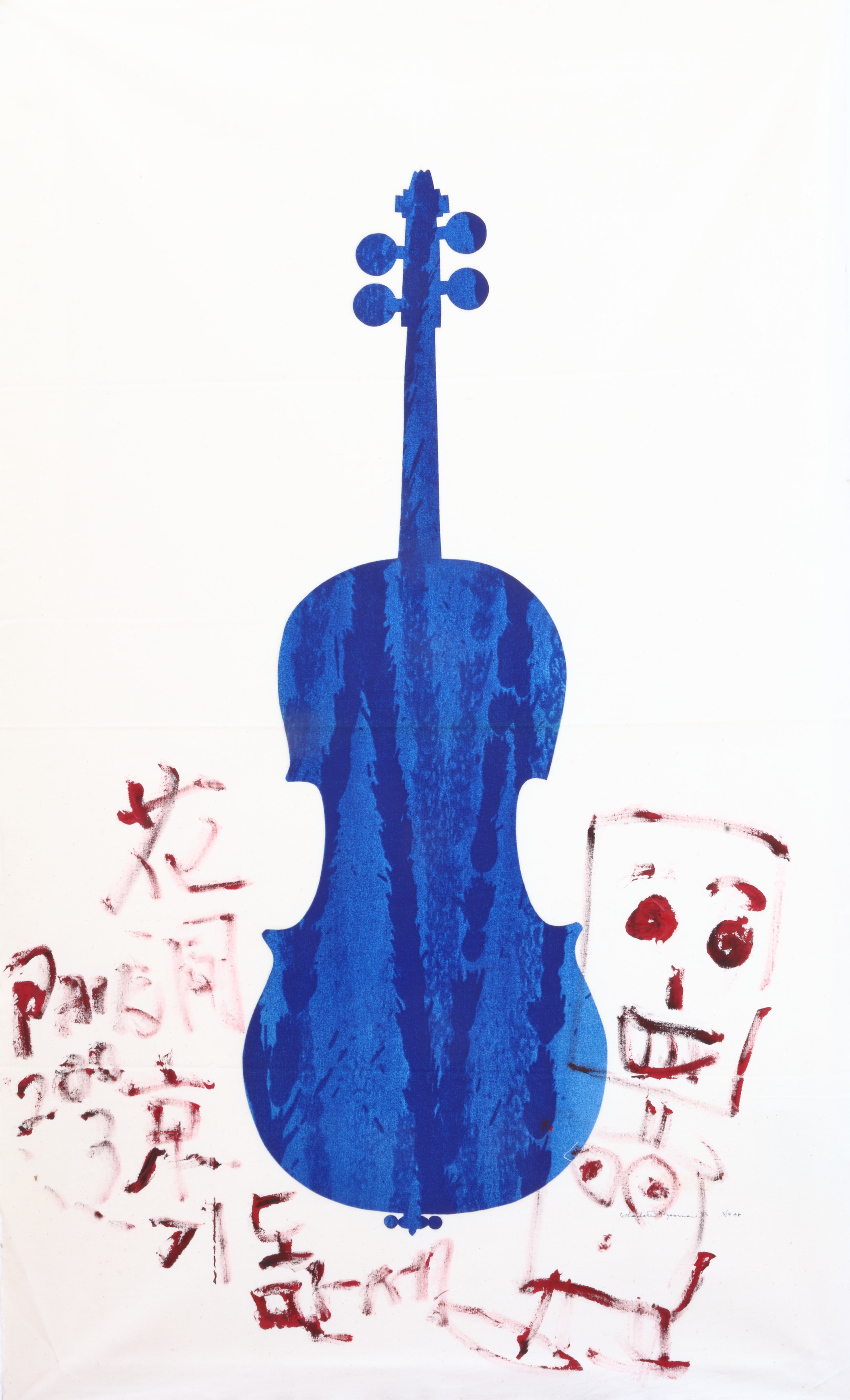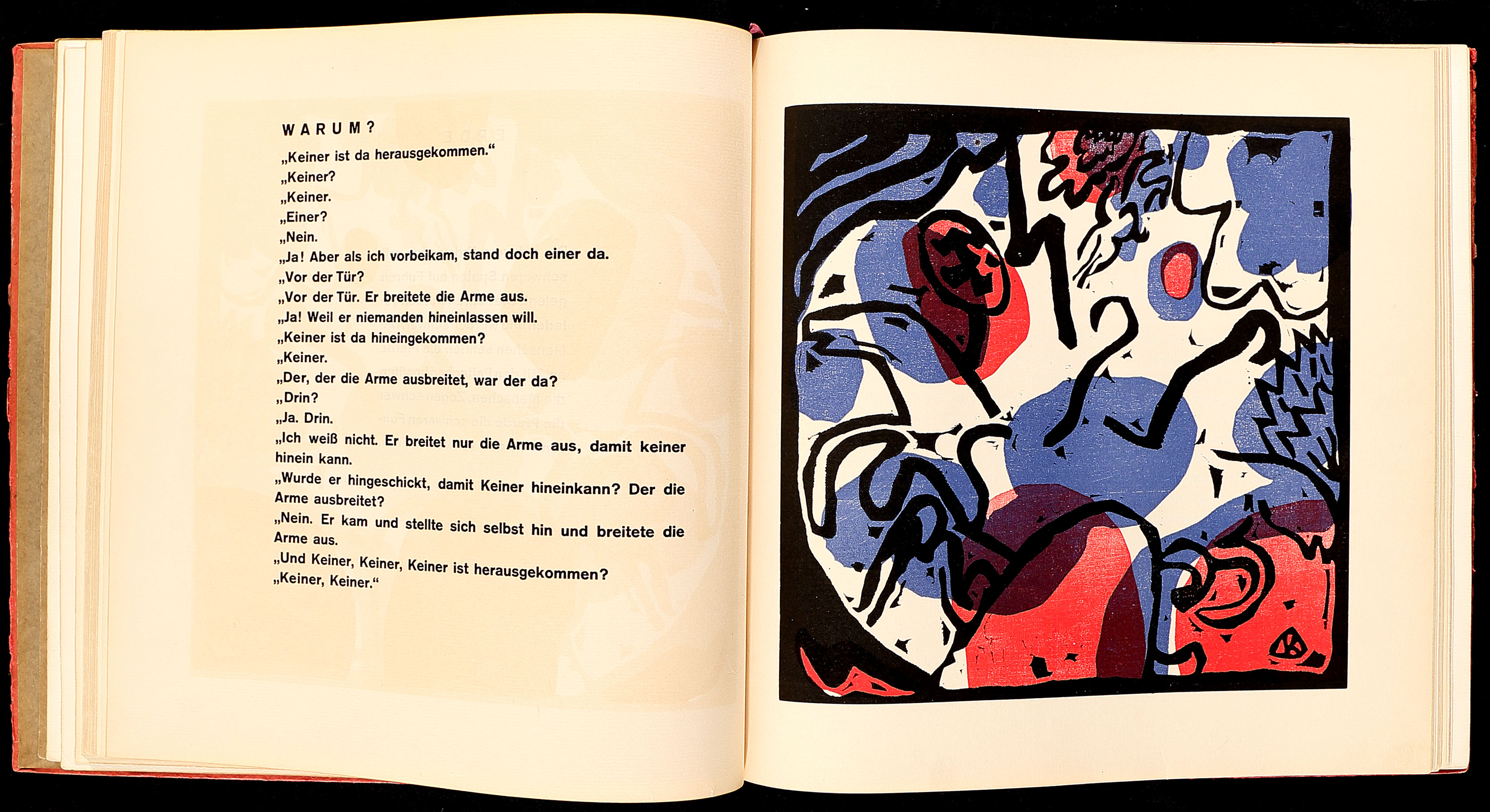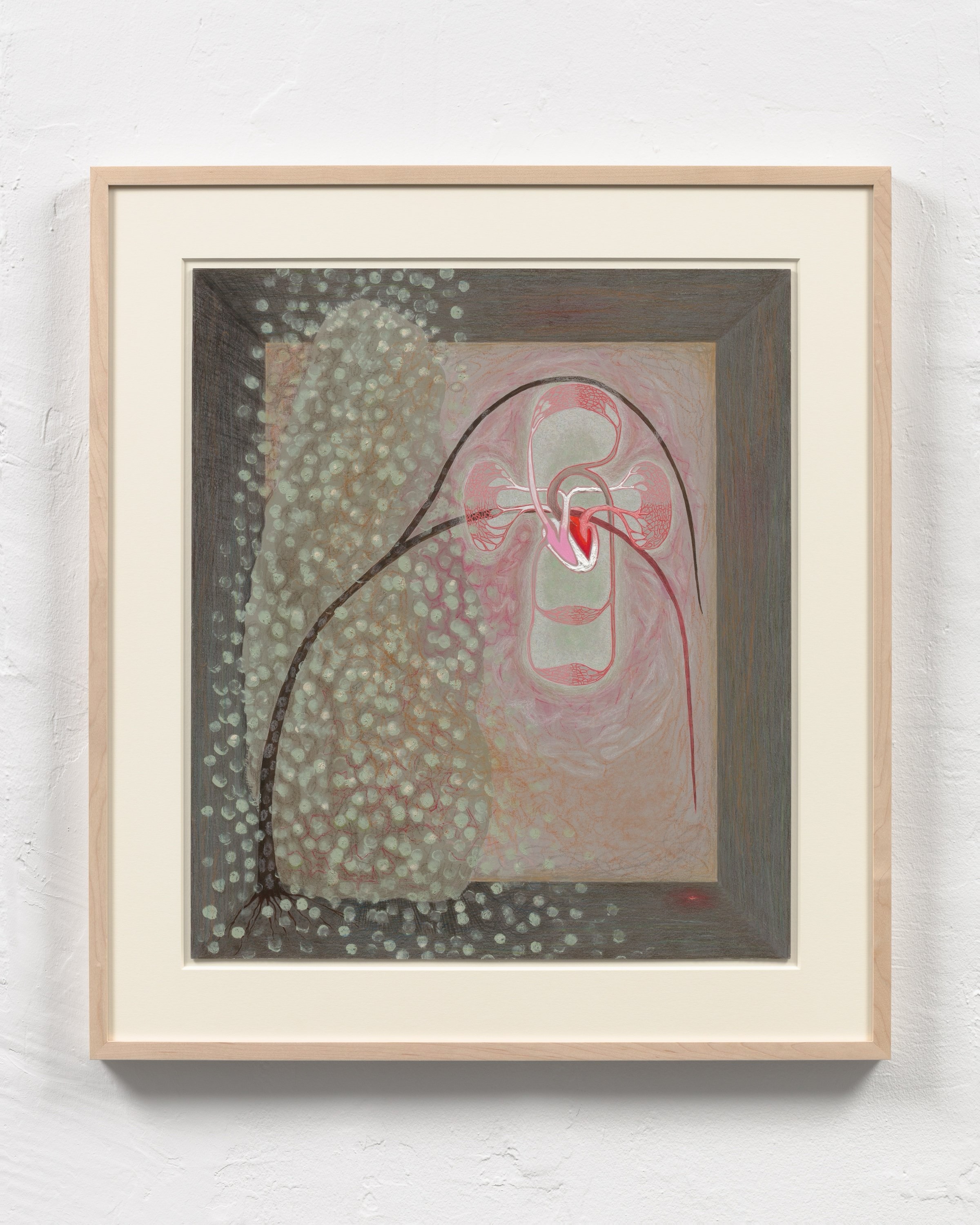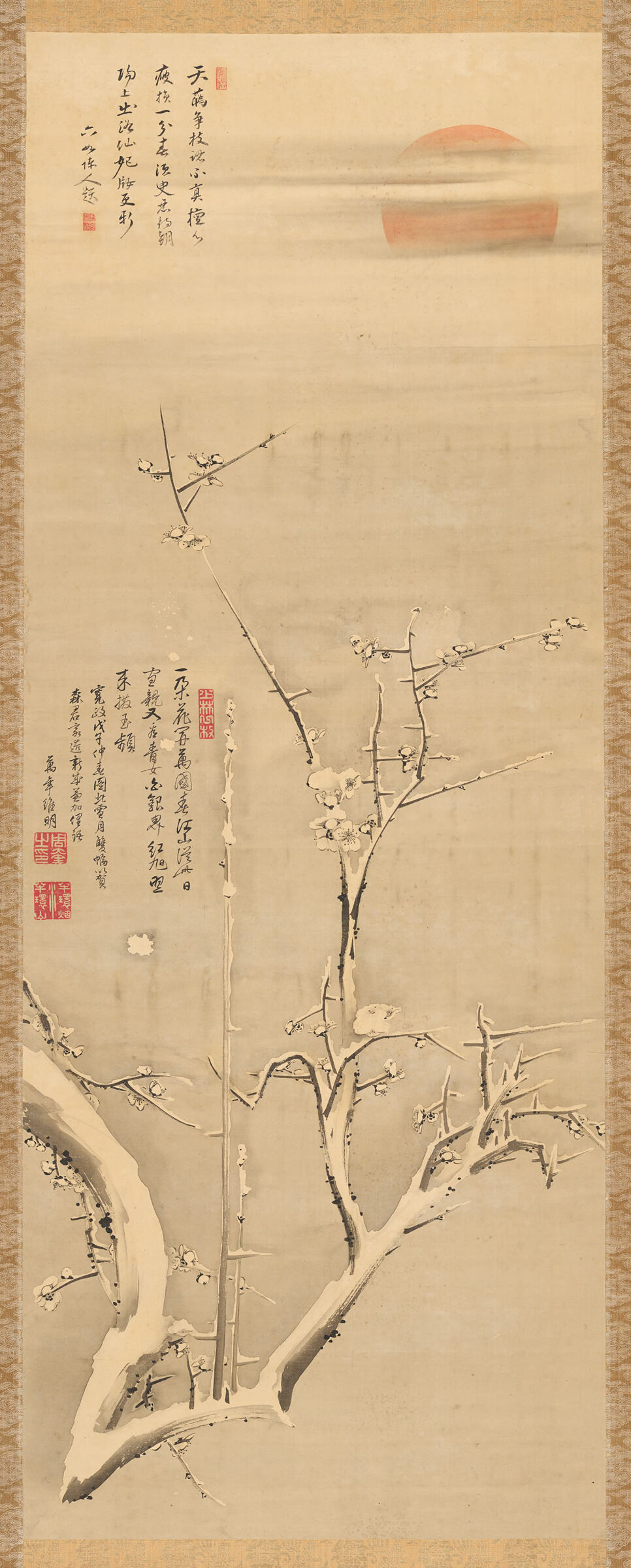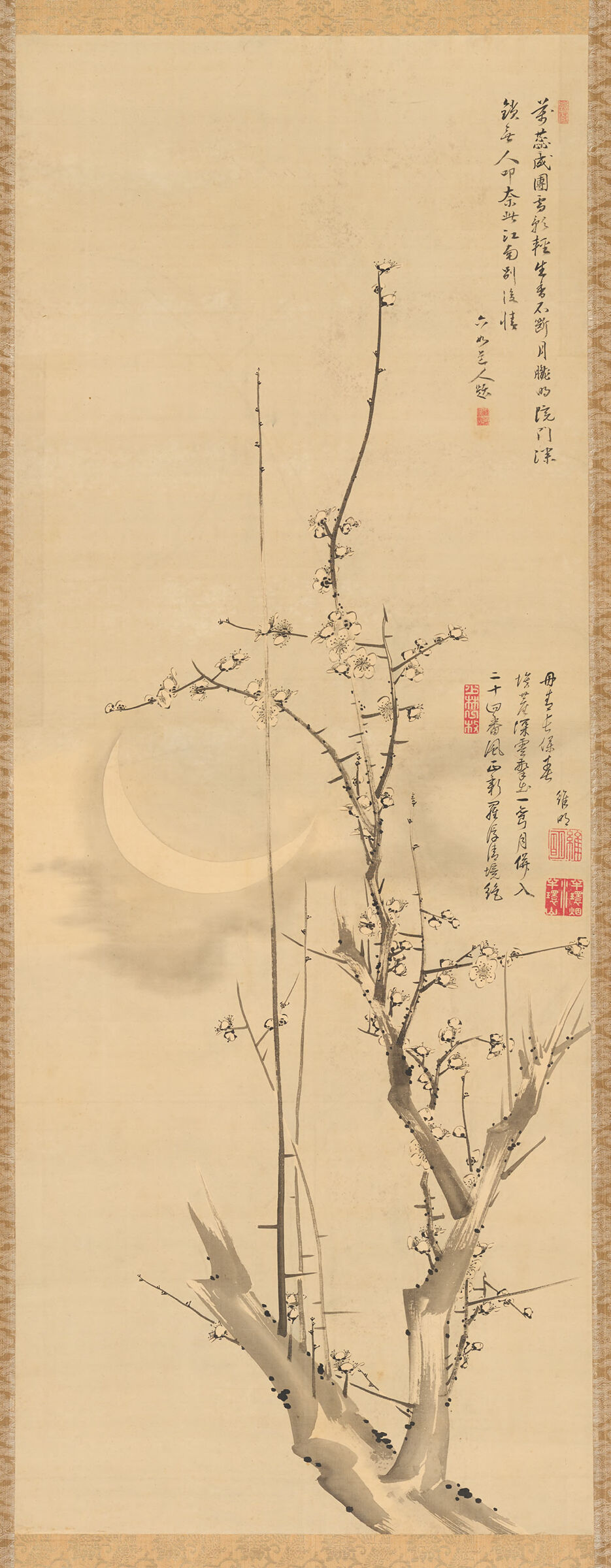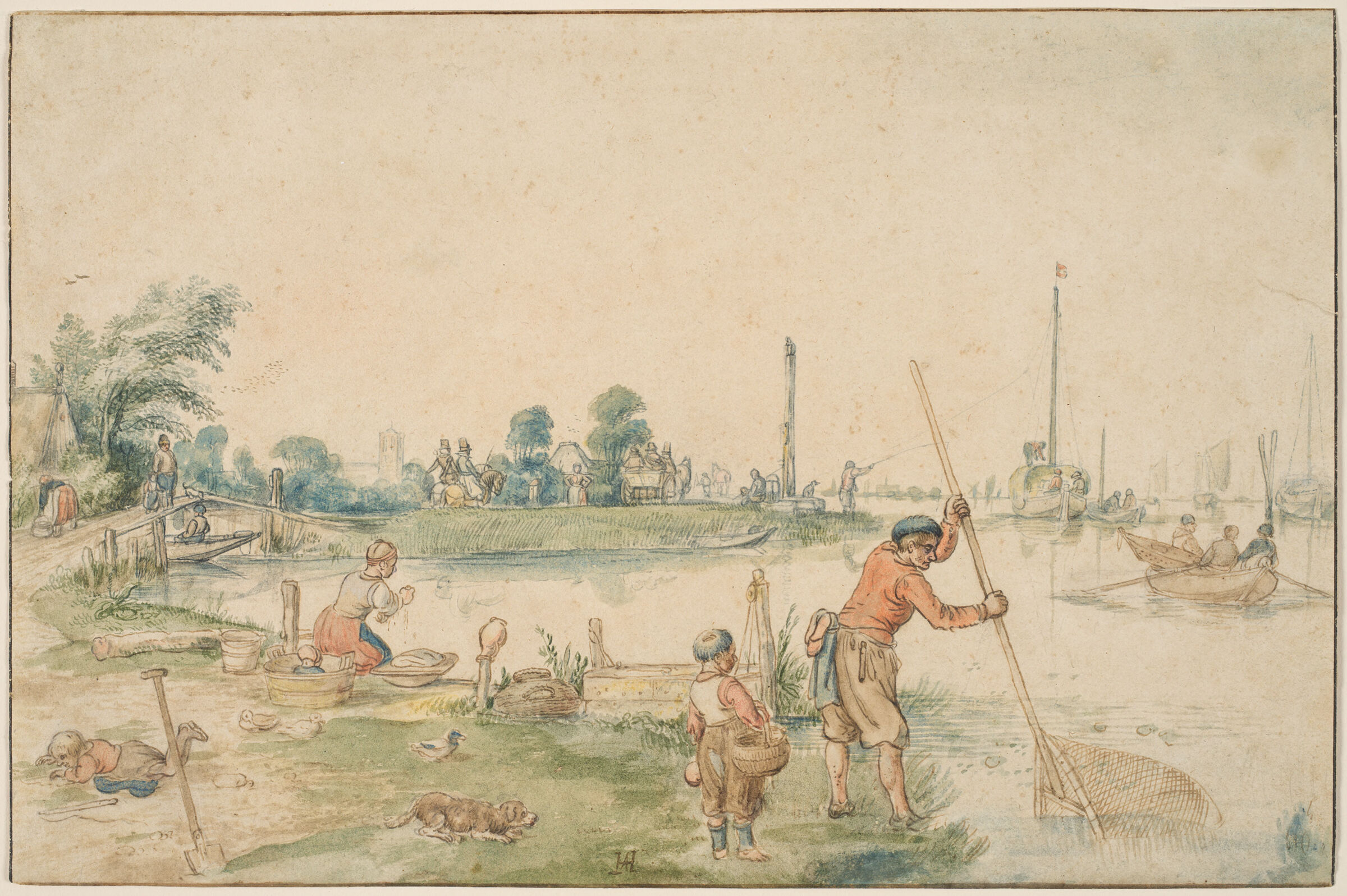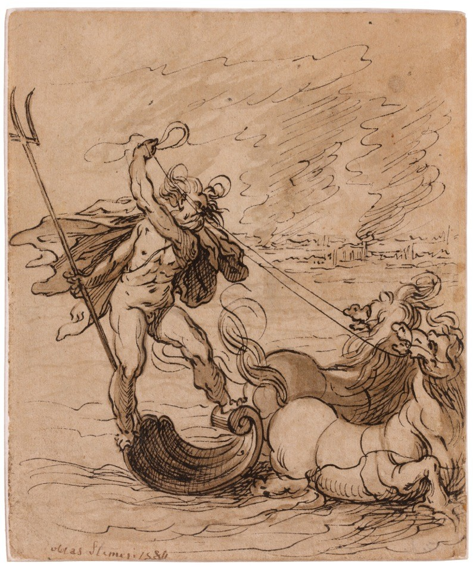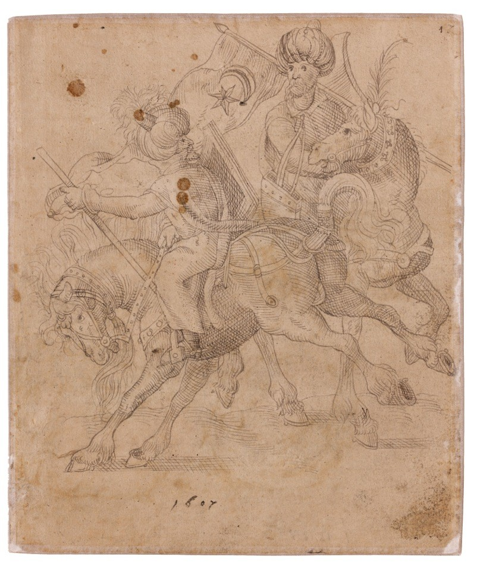Two sculptures—Neon Cello (1989) and Bronze Shadow Cello (1983–89)—by mid-20th-century American artist Charlotte Moorman, and a collaborative work—Blue Cello (1983–2003)—made with her frequent artistic partner Nam June Paik, are among the promised gifts made in honor of the tenure of Martha Tedeschi. Moorman (1933–1991) was an accomplished concert cellist who redirected her career in the early 1960s, becoming a performance artist, conceptual artist, and champion of avant-garde music. These three works meaningfully expand the representation at Harvard of Moorman’s practice, specifically across media, and deepen the context for studying the experimental and collaborative methods of Paik (1932–2006), whose work is a key strength of the museums’ 20th-century collection. Along with Paik, Moorman was a part of the international artist collective Fluxus, of which Harvard’s holdings are among the most significant in North America.
These works, to be gifted by Harvard Business School alumnus Ken Hakuta (M.B.A. ’77), join another work by Moorman given to the museums by the Hakuta family last year, Syringe Cello (1989). It also builds on a previous landmark gift in 2016 of $1 million to establish the Hakuta Family Nam June Paik Curatorial Fellowship, along with nine works of art by Paik. Hakuta is the nephew of Paik, a leading figure in mid-20th-century art, a pioneer in video art, and a close collaborator of Moorman for almost three decades.
With Neon Cello, Moorman combines the form of a cello—a figural stand-in for herself—with neon tubing, a material often used by Paik; the pairing might be read as an ode to their artistic collaborations. Bronze Shadow Cello combines a flattened bronze shape in the form of a cello, anchored at a 90-degree angle to a white marble base. Blue Cello (shown above), from Moorman’s series of screenprints on paper, features a silhouette of a cello mounted to canvas. It has the distinction of being a work also credited to Paik: Paik added drawings in red paint to the canvas in 2003, after Moorman’s death. This will prompt discussions and new research on whether the work should be categorized as a posthumous collaboration or as an altered, co-authored artwork.

